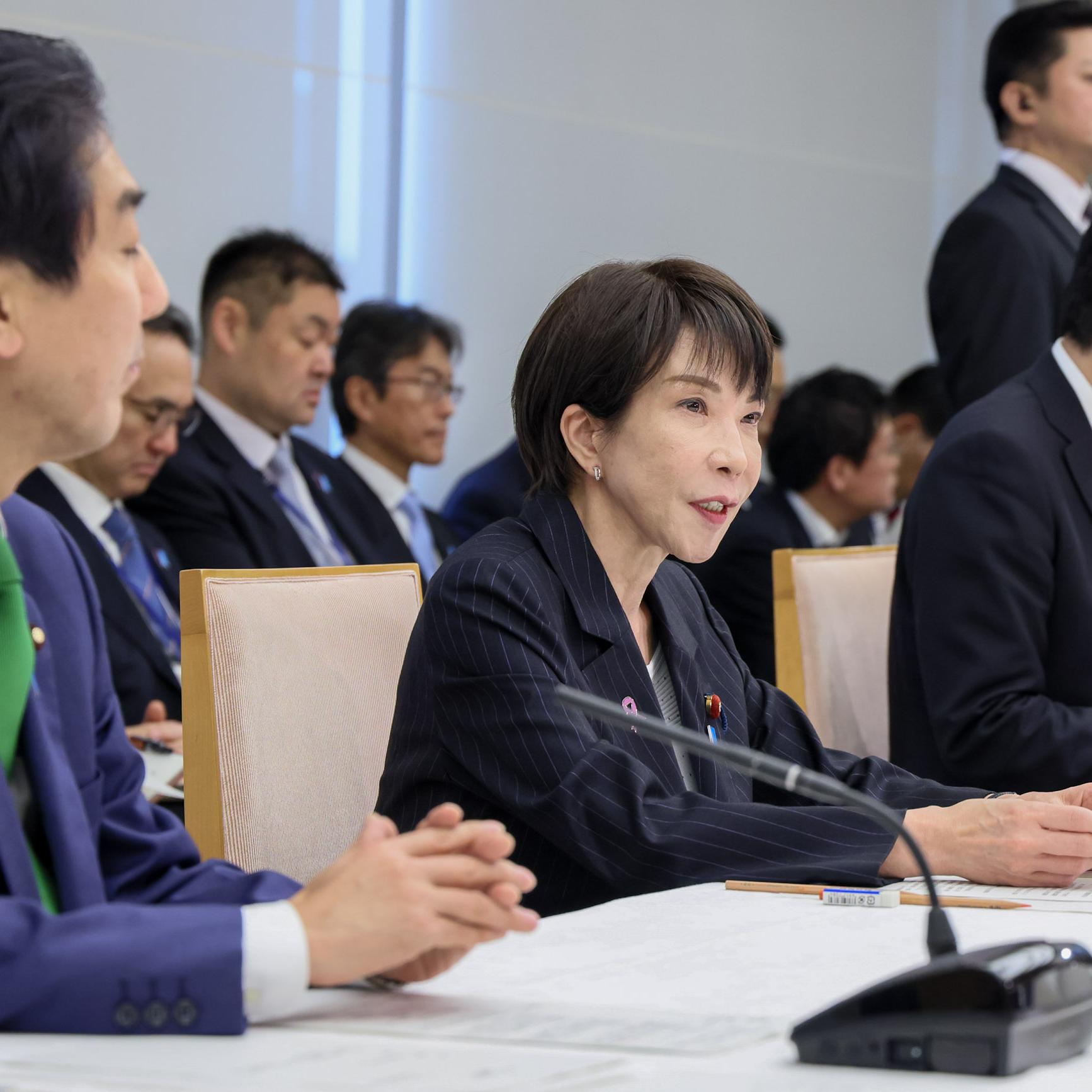Reports suggest the U.S. has provided intelligence that has allowed Ukrainians to target and kill many of the Russian generals who have died in action during the Ukraine war.
David Silbey, associate professor of history at Cornell University, studies wars of the 20th century and the asymmetry – guerrilla warfare, insurgency and terrorism – to the wars that evolved after 1945. He published a book, “The Other Face of Battle: America's Forgotten Wars and the Experience of Combat,” which illustrates the American experience of fighting in “irregular” and “intercultural” wars over the centuries.
Silbey says: “The news illustrates the way in which information warfare can fundamentally shape conflict. Finding your targets is just as important as being able to attack them, and the U.S. has spent decades investing in the kind of surveillance technology that makes such locating possible, from satellites to drones to GPS to all the dark electronic arts of the National Security Agency.
“Generals are high value and prestigious targets. Killing them is much more disruptive than killing an ordinary soldier. Generals are also particularly vulnerable because by nature of their job they have to be tightly networked with the rest of their military, something that makes them relatively easy to find.
“There is a long history of this – during World War II, the U.S. used its codebreaking abilities to locate and shoot down Admiral Isoroku Yamamoto, dealing a heavy blow to the Japanese war effort. Giving the Ukrainians that intelligence gives them a force multiplier that they have used to great effect."
For interviews contact Becka Bowyer, cell: (607) 220-4185, rpb224@cornell.edu.





